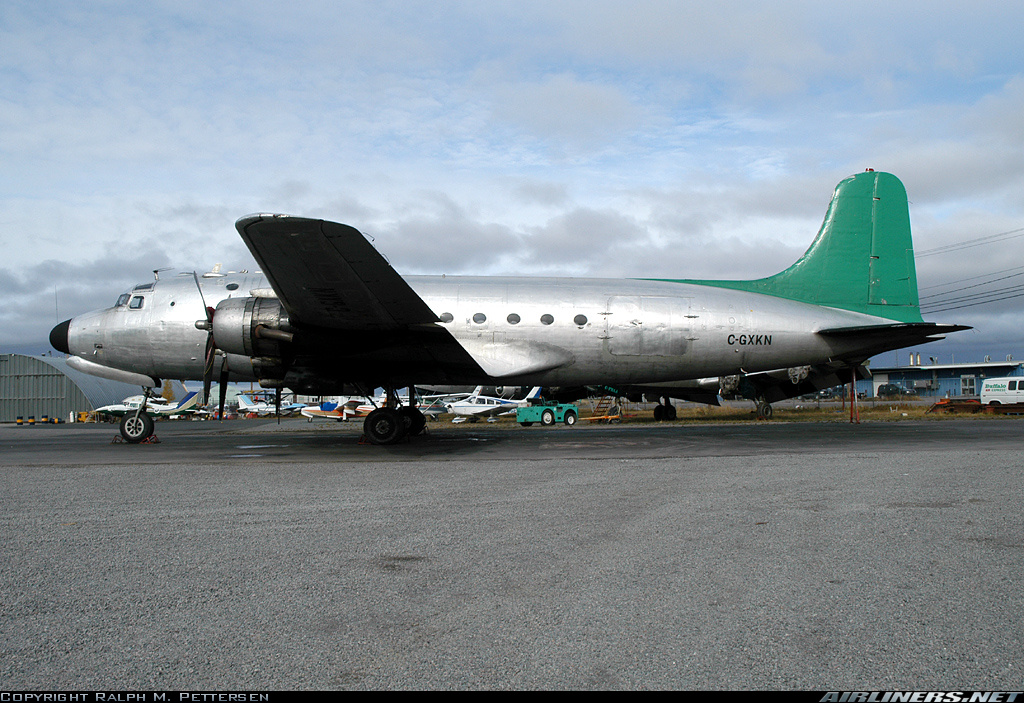Crash of a BAe 3112 Jetstream 31 in Fort Smith
Date & Time:
Nov 27, 2008 at 1515 LT
Registration:
C-FNAY
Survivors:
Yes
Schedule:
Hay River - Fort Smith
MSN:
768
YOM:
1987
Flight number:
PLR734
Crew on board:
2
Crew fatalities:
Pax on board:
3
Pax fatalities:
Other fatalities:
Total fatalities:
0
Circumstances:
The Northwestern Air BAe Jetstream 31 was operating as PLR734 on an instrument flight rules (IFR) flight from Hay River to Fort Smith, Northwest Territories. After conducting an IFR approach to Runway 11, PLR734 executed a missed approach and flew a full procedure approach for Runway 29. At approximately 0.2 nautical miles from the threshold, the crew sighted the approach strobe lights and continued for a landing. Prior to touchdown, the aircraft entered an aerodynamic stall and landed hard on the runway at 1515 mountain standard time. The aircraft remained on the runway despite the left main landing gear collapsing. The two flight crew members and three passengers were uninjured and evacuated the aircraft through the left main cabin door. There was no post-impact fire.
Probable cause:
Findings as to Causes and Contributing Factors:
1. Though icing conditions were encountered, the airframe de-icing boots were not cycled nor was the Vref speed increased to offset the effects of aircraft icing.
2. An abrupt change in aircraft configuration, which included a reduction in power to flight idle and the addition of 35° flap, caused the aircraft’s speed to rapidly decrease.
3. The aircraft entered an aerodynamic stall due to the decreased performance caused by the icing. There was insufficient altitude to recover the aircraft prior to impact with the runway.
Finding as to Risk:
1. The company had not incorporated the British Aerospace Notice to Aircrew into its standard operating procedures (SOP) at the time of the occurrence. Therefore, crews were still required to make configuration changes late in the approach sequence, increasing the risk of an unstabilised approach.
1. Though icing conditions were encountered, the airframe de-icing boots were not cycled nor was the Vref speed increased to offset the effects of aircraft icing.
2. An abrupt change in aircraft configuration, which included a reduction in power to flight idle and the addition of 35° flap, caused the aircraft’s speed to rapidly decrease.
3. The aircraft entered an aerodynamic stall due to the decreased performance caused by the icing. There was insufficient altitude to recover the aircraft prior to impact with the runway.
Finding as to Risk:
1. The company had not incorporated the British Aerospace Notice to Aircrew into its standard operating procedures (SOP) at the time of the occurrence. Therefore, crews were still required to make configuration changes late in the approach sequence, increasing the risk of an unstabilised approach.
Final Report:





